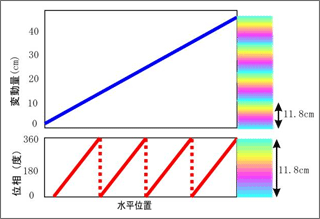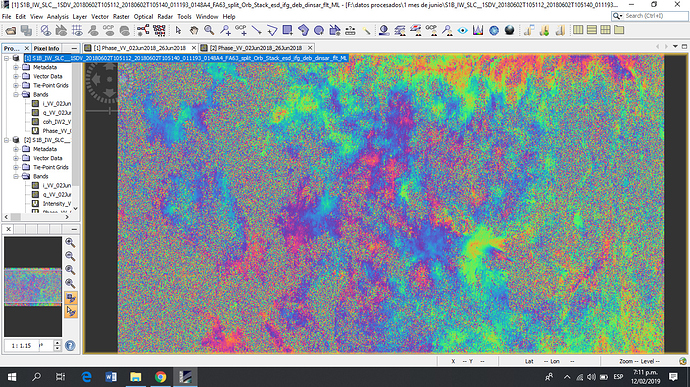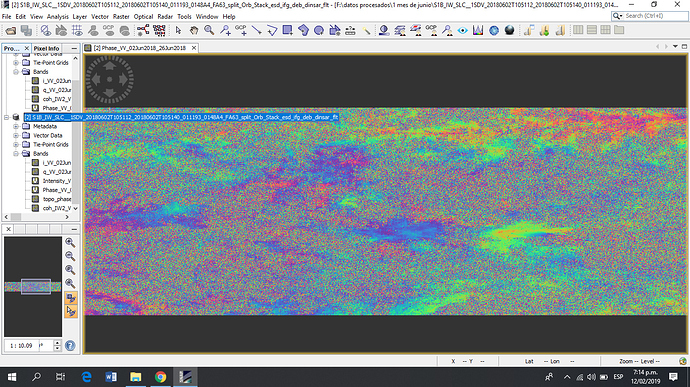you can combine several rasters or rasters with imported vectors in the layer manager ![]()
how can I do teh process?, I dont know to do this
Did you see that there are lots of tutorials on the basic handling of the software?
http://step.esa.int/main/doc/tutorials/
If these don’t help, please specify your issue.
Hi, want to know if I do the doopler correction before of unwrraping phase the error decrease?
not necessarily. You can multi-look your interferogram to increase the chances of a correct unwrapping.
what is the best number of multilook, for have the best result?
there is no general answer on this, you will have to try and see how your result looks like.
Ok. but if i dont have a model or other source with the information of displacement, how I know the result tha had the less error?
High coherence and clear fringes in largely connected patterns indicate good quality of the result. You can also compare interferograms of different dates to reduce the impact of atmospheric effects.
Hi, my image have a lot of noise, however when I do the process “doopler” before of unwrraping the phase I have a best result
because it resamples the data to a squared pixel resolution.
I still advise to first multi-look your data (optional) and to perform the Goldstein phase filtering instead of Range Doppler Terrain Correction before unwrapping.
I already made two multilook but they have two different results and I do not know which one is more accurate.
Use the ones that produces the best (smooth) patterns.
Goldstein filtering can significantly increase the fringe patterns and maybe make multi-looking no longer necessary. So I would try that first on the original data.
I don’t understand you want to say with
“smooth”
to give an example: a) is the original, b) is the filtered (=smooth) fringe pattern. For the subsequent unwrapping b) is of course the better situation, because there are more connected areas.
Source: https://livrepository.liverpool.ac.uk/3020394/1/08340806.pdf
I understand “CONNECTED AREAS”
unwrapping depends on clear values without noise which lead from one color into the next along the phase cycle. This figure demonstrates it a bit:

Source: http://vldb.gsi.go.jp/sokuchi/sar/mechanism/mechanism04-e.html
If your image is noisy and doesn’t have this ‘rainbow pattern’ over larger areas (as demonstrated in red), there is no chance that the unwrapped result will reflect the true topography/displacement (blue line).
This topic might help you understand it a bit better: Some explanations about concepts of fringes of interferogram and coherence
my image is noisy, Can do you say to me in your opinion, what imagen is best?
In the noisy areas coherence is probably low. Here filtering or multi looking doesn’t change the quality much.
Do you have the chance to use a pair with shorter temporal baseline? 02-26 June is 24 days and can probably reduced to 12 days. This would potentially increase your coherence.
Yes, I have the images each 12 days, but my tesis duties is calculate the deformation month by month,
Can I add the interferograms later to obtain a monthly value?


